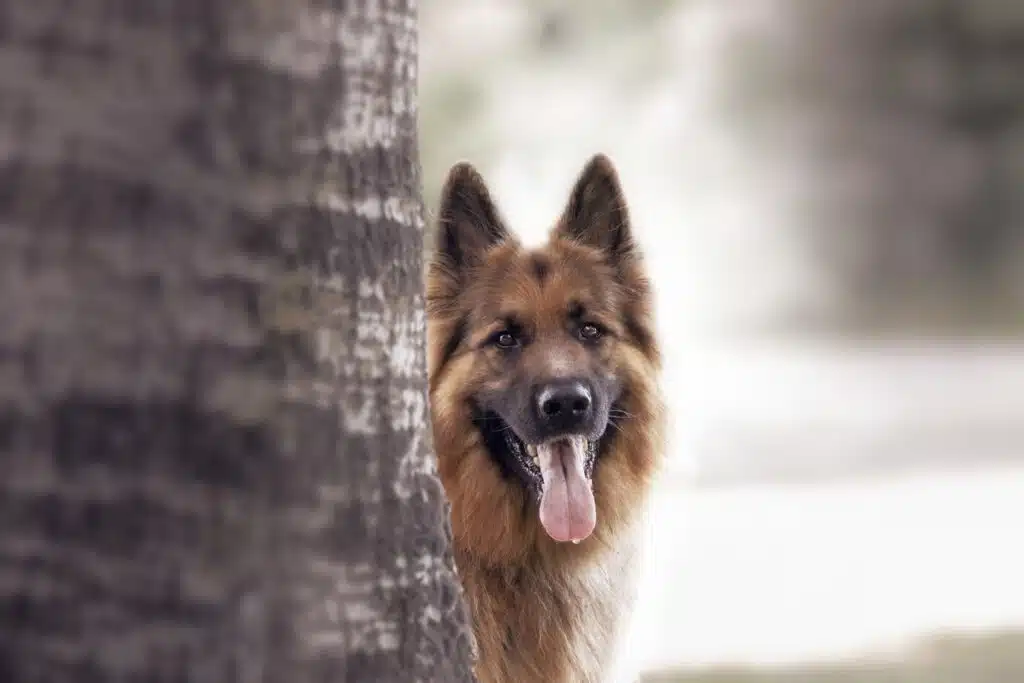The moment when I hear the word Dog Drooling, I’ll never forget that first car ride with Rocky (My German Shepherd) during the 2020 lockdown. As a new dog parent, I was excited to take my one-year-old companion for a drive, but what I encountered was a backseat swimming in drool!
Table of Contents
Dog drooling in cars is a common challenge many pet parents face. That memorable ride with Rocky taught me it’s not just about cleaning up the mess – it’s about understanding why our furry friends react this way to car travel.
Your dog’s excessive drooling during car rides can signal various conditions:
- Physical Discomfort: Motion sickness or heat stress
- Emotional Response: Anxiety or excitement
- Medical Issues: Potential underlying health concerns
A puddle of drool might seem like a minor inconvenience, but it’s actually your dog’s way of communicating their needs. Rocky’s drooling episodes led me to discover that proper car safety equipment, like a doggie seat belt, can make a significant difference in reducing stress-related drooling.
Also Read: Why is my dog foaming at the mouth?
Recognizing these signs early helped me create a more comfortable travel experience for Rocky, and it can do the same for your four-legged friend.
Common Reasons for Car-Specific Dog Drooling Issues
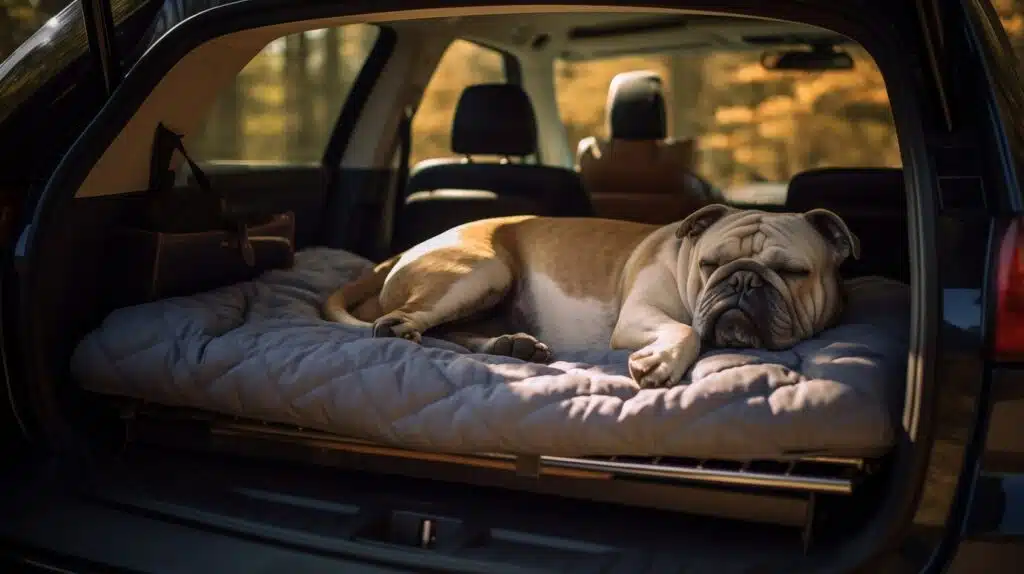
I noticed Rocky’s drooling patterns during our first car rides together back in 2020, and it helped me understand the various triggers that can cause excessive salivation in dogs during travel.
Motion Sickness
Rocky would start drooling excessively about 10 minutes into our car rides, accompanied by:
- Whining and restlessness
- Lip-licking and swallowing repeatedly
- Pale gums
- Vomiting on longer journeys
Anxiety and Stress
During the early lockdown period, Rocky’s limited exposure to car rides made him particularly anxious. His stress-related drooling showed through:
- Trembling and panting
- Excessive yawning
- Pinned-back ears
- Drooling even before entering the car
Heatstroke Risk
One particularly warm spring day, I noticed Rocky’s drooling intensified, teaching me these critical warning signs:
- Thick, ropy saliva
- Heavy panting
- Bright red tongue
- Glazed eyes
Excitement and Anticipation
Not all drooling stems from negative experiences. Rocky would drool happily when we headed to:
- His favorite park
- The beach
- Pet-friendly cafes
- Doggy daycare
Breed-Specific Tendencies
As a German Shepherd, Rocky’s drooling patterns align with his genetic makeup. Some breeds naturally drool more:
- Saint Bernards
- Newfoundlands
- Mastiffs
- Bloodhounds
These breed-specific traits can intensify during car rides, combining with other triggers to increase salivation. Understanding Rocky’s specific triggers helped me develop targeted solutions for our car adventures together.
The Science Behind Canine Salivation or Dog Drooling
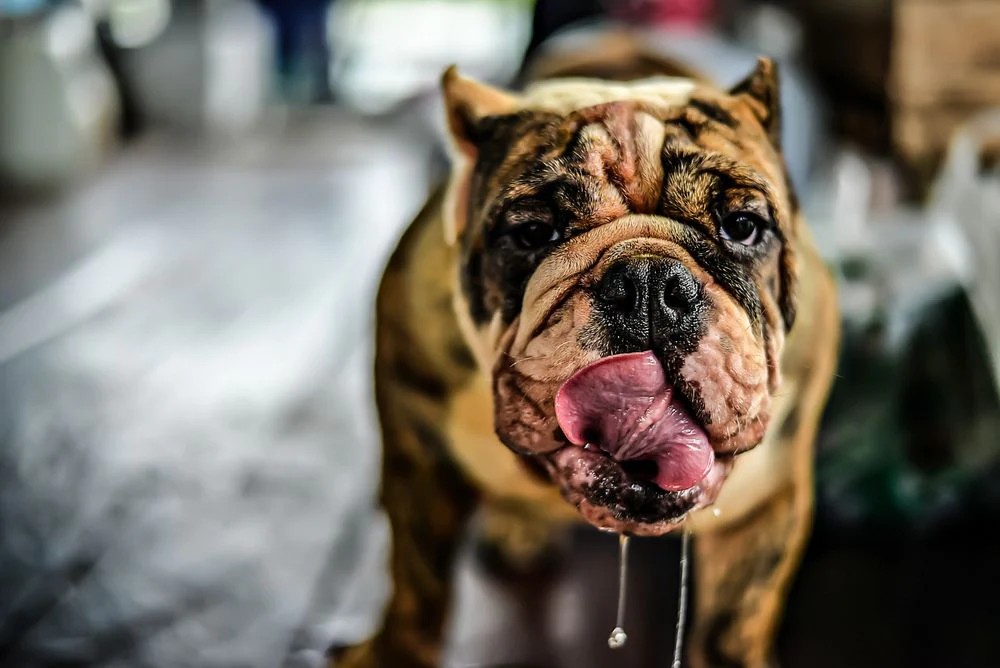
When my dog Rocky first started drooling in the car during our lockdown trips, I became fascinated with understanding how his salivary system actually worked. Dogs have four pairs of salivary glands:
- Parotid Glands: Located near the ears
- Mandibular Glands: Positioned under the jaw
- Sublingual Glands: Found under the tongue
- Zygomatic Glands: Situated under the eyes
These glands produce saliva through a complex process triggered by various stimuli. I noticed Rocky’s drooling would start the moment he caught a whiff of something interesting through the car window. This happens because his nervous system sends signals to these glands, prompting them to secrete saliva.
The saliva produced serves multiple crucial functions:
- Digestion Support: Contains enzymes that begin breaking down food
- Oral Health Maintenance: Helps wash away bacteria and food particles
- Temperature Regulation: Assists in cooling through evaporation
- pH Balance: Maintains optimal mouth acidity levels
- Wound Healing: Contains growth factors that aid tissue repair
During our car rides, Rocky’s salivary glands would work overtime, producing up to 1.5 liters of saliva daily – a normal amount for a dog his size. His saliva composition would change based on different stimuli:
- Stress-induced saliva: Thicker and more viscous
- Food-anticipation saliva: Contains higher enzyme levels
- Motion sickness saliva: More watery and abundant
Understanding this biological process helped me recognize that Rocky’s drooling wasn’t just a messy inconvenience – it was his body’s natural response to various physiological and environmental triggers during our travels.
5 Practical Tips for Managing Dog Drooling During Car Rides
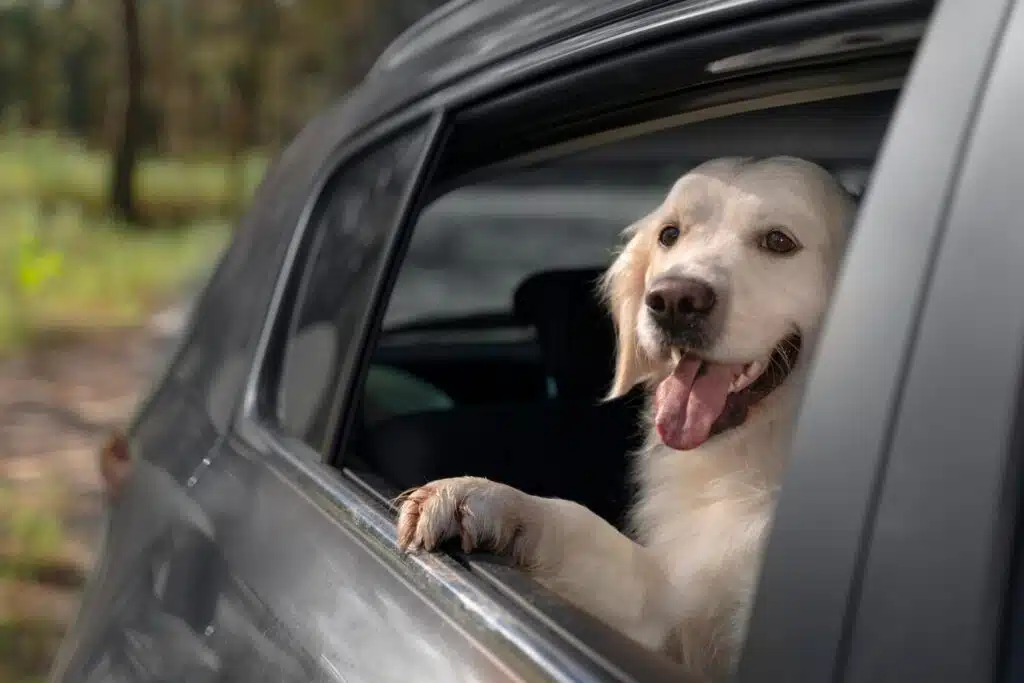
I discovered these game-changing solutions during my early car rides with Rocky in 2020. The lockdown meant we had to drive frequently to remote walking spots, and his drooling was quite a challenge at first.
1. Create a Designated Comfort Zone
- I set up Rocky’s favorite blanket in the backseat
- Positioned his familiar toys within reach
- Installed a car seat cover to absorb excess drool
- Kept the temperature between 68-72°F
2. Strategic Ventilation Setup
- Cracked windows slightly for fresh air circulation
- Positioned AC vents to create gentle airflow
- Used a pet-specific car fan on hot days
3. Pre-Journey Preparation
- No food 2-3 hours before travel
- Limited water intake 1 hour before departure
- Quick 10-minute walk to release energy
4. Natural Calming Methods
- Sprayed lavender essential oil on Rocky’s blanket
- Played classical music at low volume
- Used a thunder anxiety jacket during longer trips, especially helpful as Rocky tends to get anxious during storms or loud noises. For such instances, exploring some natural remedies could also prove beneficial.
- Regular praise and gentle petting at red lights
5. Medical Support Options
- Ginger treats 30 minutes before travel
- Vet-prescribed anti-nausea medication
- Natural calming supplements
- CBD oil (as recommended by our vet)
These methods transformed Rocky from a nervous, drooling passenger into a calm travel companion. The key was consistency and patience – it took about three weeks of regular practice trips to see significant improvement. Each dog responds differently to these techniques, so I started with one method at a time to identify what worked best for Rocky.
When to Be Concerned About Your Dog’s Excessive Drooling
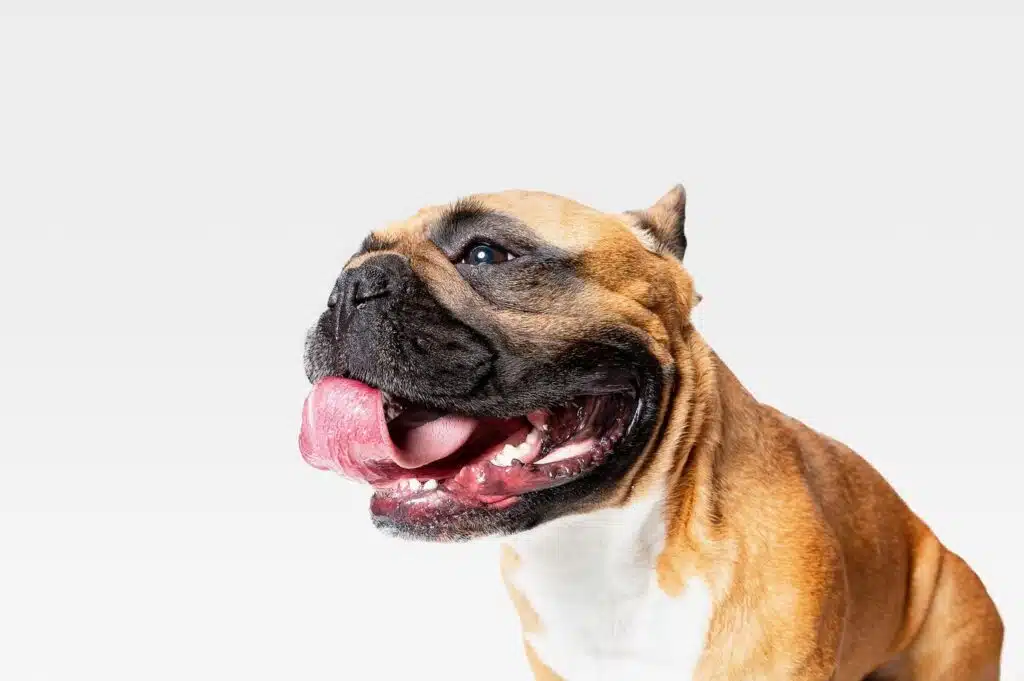
I remember a particularly concerning incident with Rocky during our early car rides in 2020. His drooling pattern changed dramatically, and it taught me valuable lessons about distinguishing normal drooling from potential health issues.
Red Flags That Need Immediate Attention:
- Thick, Ropey Saliva – Rocky’s usually clear drool became thick and discolored
- Blood-Tinged Drooling – Any traces of pink or red in the saliva
- Foul-Smelling Drool – Unusual odors different from typical dog breath
- Sudden Changes – Drooling that starts without any apparent trigger
- Behavioral Changes – Pawing at the mouth, head shaking, or reluctance to eat
Additional Warning Signs:
- Excessive swallowing or gagging
- Visible swelling around the face or neck
- Loss of appetite or difficulty eating
- Lethargy or unusual behavior patterns
- Drooling that continues long after the car ride ends
When to Call Your Vet:
- If drooling persists for more than 24 hours
- When accompanied by vomiting or diarrhea
- If your dog shows signs of pain or distress
- When drooling occurs with difficulty breathing
- If you notice any changes in eating or drinking habits
I learned that taking videos or photos of Rocky’s drooling episodes helped my vet better understand the situation. Keeping a log of when and where the drooling occurs, along with any other symptoms, proved invaluable for diagnosis.
Pro Tip: Always keep your vet’s emergency contact information easily accessible during car rides. I store mine in my phone and have a printed copy in Rocky’s travel kit.
Conclusion
My journey with Rocky during those early COVID-19 lockdown car rides taught me invaluable lessons about managing dog drooling. What started as challenging trips filled with anxiety and excessive drooling transformed into enjoyable adventures for both of us.
The key to success lies in understanding your dog’s unique needs and responding with patience and care. Rocky’s drooling decreased significantly once I implemented proper ventilation, regular breaks, and positive reinforcement techniques.
Remember:
- Each dog responds differently to car travel
- Solutions might require some trial and error
- A combination of preventive measures often works best
Today, Rocky jumps into the car with enthusiasm, and his drooling is minimal. Your furry friend can experience the same joy of stress-free car rides with the right approach and understanding. Creating positive associations with car travel takes time, but the reward of seeing your dog happy and comfortable makes every effort worthwhile.

